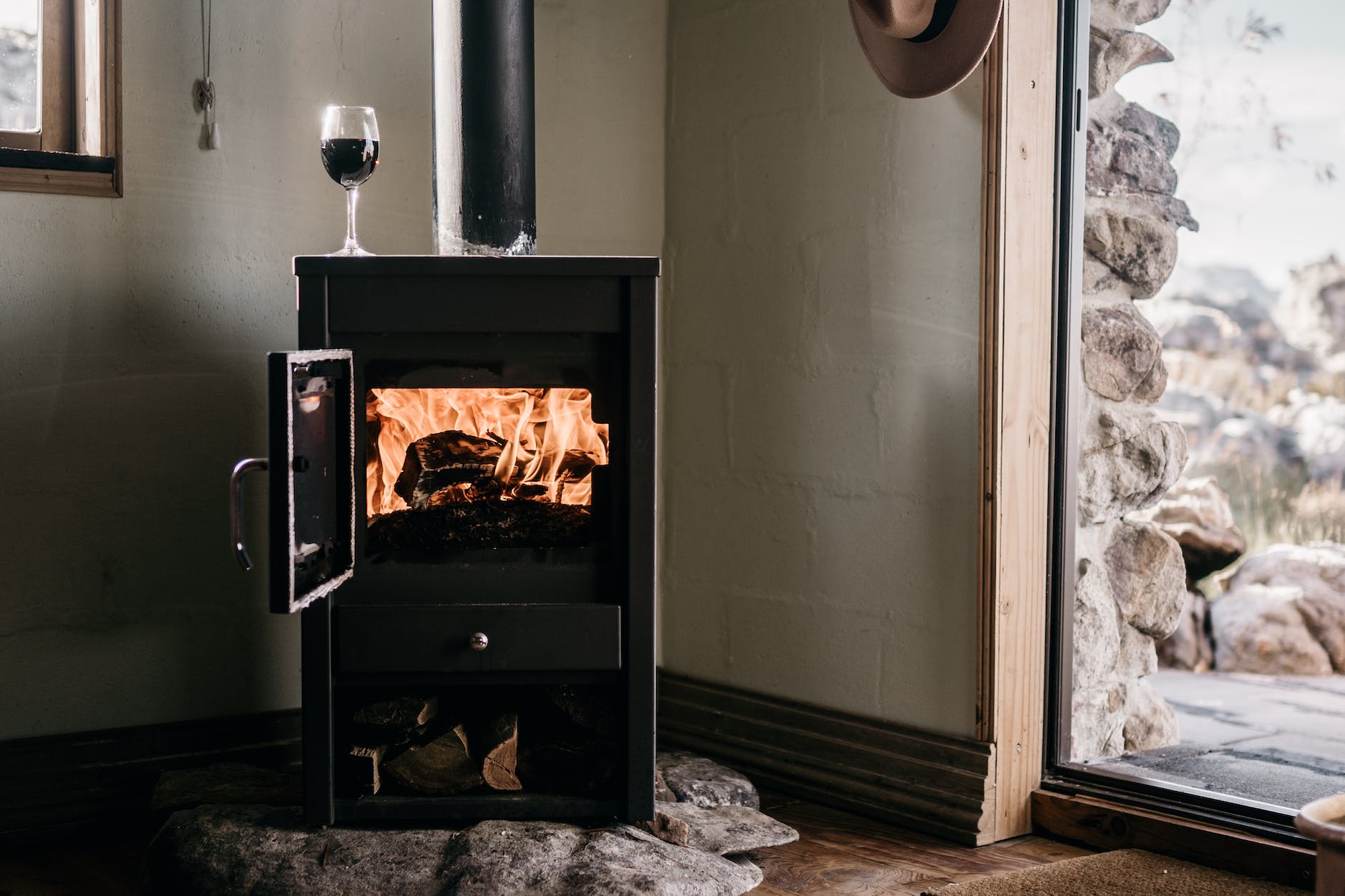
Best tips for maintaining a wood-burning fireplace
A wood burning fireplace is an excellent installation for any home. It heats up living spaces and creates a distinctive aesthetic appeal. The fireplace also has unique maintenance needs to match its unique build and performance. In this article, we will discuss some of the best tips for maintaining a wood-burning fireplace.
Clean regularly
Unlike other fireplaces, the wood burning heater accumulates a lot of soot and ash. Unfortunately, too much soot in the flue restricts airflow and compromises the efficiency of the fireplace. Furthermore, flammable compounds like creosote accumulate in the chimney and create a fire hazard. Therefore, it’s important to clean out your fireplace regularly. Although you can do it yourself, professional input guarantees the best results.
Choose good wood
Although a wood-burning fireplace works well with any type of firewood, premium options make a lot of difference. Dry, seasoned wood offers the best fire, and heat. Furthermore, emissions are kept to a minimum with a reduced risk of creosote. Luckily, premium firewood is stacked on the shelves and readily available.
Keep a screen in front of the fire
Most fireplaces come with a screen fitted at the mouth of the firebox. The screen prevents debris from entering the firebox and stops potential accidents involving users. Furthermore, screens can prevent sparks from jumping out of the firebox.
Don’t burn debris in the fireplace
A wood burning fireplace is designed to burn wood. Therefore, burning debris, trash and paper is not recommended. These items have the potential to produce harmful chemical emissions and create uncontrollable infernos.
Keep the damper open if the fire is active
Dampers are installed at the mouth of the smoke chamber to control air circulation in and out of the firebox. When the wood fire is active, the damper ought to remain open to improve air circulation. However, when the fireplace is not in use, the damper should be closed to prevent cold air from coming down the flue into the living space.
Keep combustible materials away
One of the best safety practices when around fireplaces is maintaining a three-foot clearance for all combustible materials. For example, furniture pieces and curtains should not be close to the fireplace.
Use enough wood
Too little wood will yield little heat, while a lot of wood may produce too much. The consequence of the latter includes potential damage to the chimney. Therefore, it’s recommended to use the right amount of wood to run your fireplace.
Schedule inspections
The fireplace system is vulnerable to damage, especially after long-term use. Therefore, it’s important to schedule routine inspections to assess the integrity of the system and fix any faults. Fortunately, there are several professional companies that specialise in thorough scrutiny of fireplaces and repairs.
Keep a fire extinguisher close
Although wood-burning fireplaces are safe, you should take extra precautions. Having a fire extinguisher within reach of the fireplace is highly recommended since the heater is a potential fire hazard. If you don’t have access to a fire extinguisher, you can use a bucket of sand in the event of an erratic fire.
If you follow these simple tips, you are certain to enjoy safe and efficient heating from your wood-burning fireplace. Give it a try.






